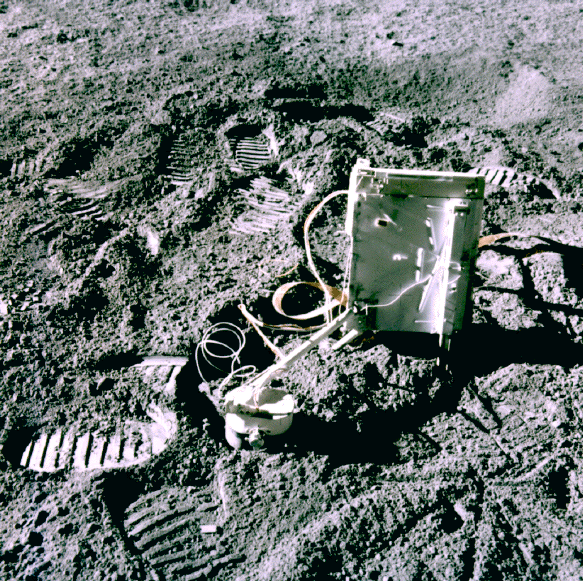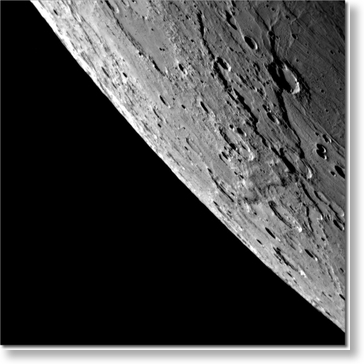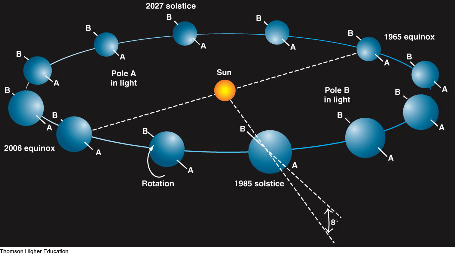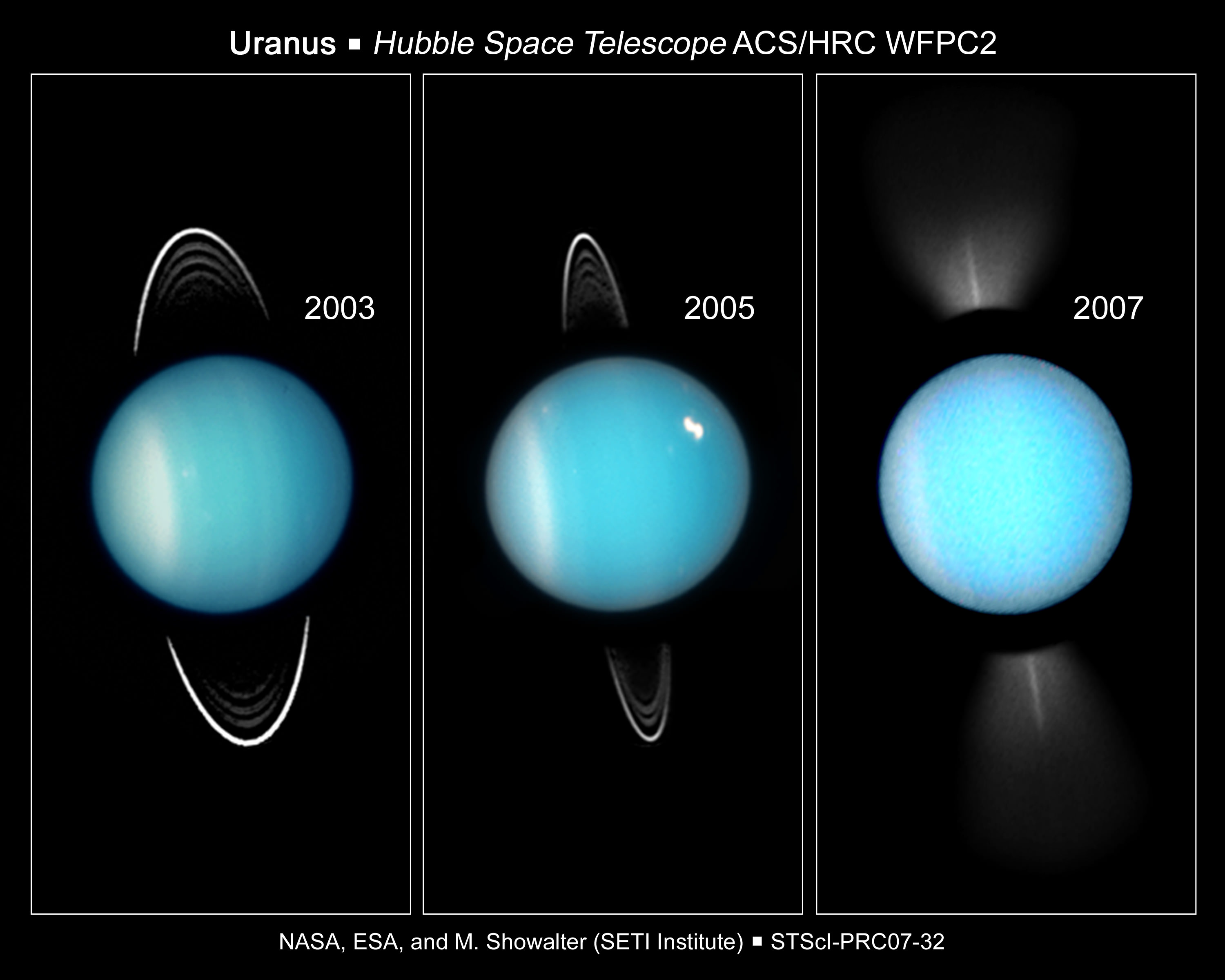[/caption]
Are you planning a trip to the Moon and you’re wondering what kinds of temperature you might experience. Well, you’re going to want to pack something to keep you warm, since the temperature of the Moon can dip down to -153°C during the night. Oh, but you’re going to want to keep some cool weather clothes too, since the temperature of the Moon in the day can rise to 107°C.
Why does the moon’s temperature vary so widely? It happens because the Moon doesn’t have an atmosphere like the Earth. Here on Earth, the atmosphere acts like a blanket, trapping heat. Sunlight passes through the atmosphere, and warms up the ground. The energy is emitted by the ground as infrared radiation, but it can’t escape through the atmosphere again easily so the planet warms up. Nights are colder than days, but it’s nothing like the Moon.
There’s another problem. The moon takes 27 days to rotate once on its axis. So any place on the surface of the Moon experiences about 13 days of sunlight, followed by 13 days of darkness. So if you were standing on the surface of the Moon in sunlight, the temperature would be hot enough to boil water. And then the Sun would go down, and the temperature would drop 250 degrees in just a matter of moments.
To deal with this dramatic range in temperature, spacesuits are heavily insulated with layers of fabric and then covered with reflective outer layers. This minimizes the temperature differences between when the astronaut is in the sunlight and when in shade. Space suits also have internal heaters and cooling systems, and liquid heat exchange pumps that remove excess heat.
There are craters around the north and south poles of the Moon which are bathed in complete shadow, and never see sunlight. This places would always be as cool as -153°C. Similarly, there are nearby mountain peaks which are bathed in continuous sunlight, and would always be hot.
We have written many articles for Universe Today about some of the special regions of the Moon. Here’s an article about building a moon base, and here’s an article about a perfect crater for a human settlement.
Here’s an answer to the question from Windows on the Universe, and here’s some information from Teacher’s Domain.
You can listen to a very interesting podcast about the formation of the Moon from Astronomy Cast, Episode 17: Where Did the Moon Come From?
Reference:
NASA Moon Facts










